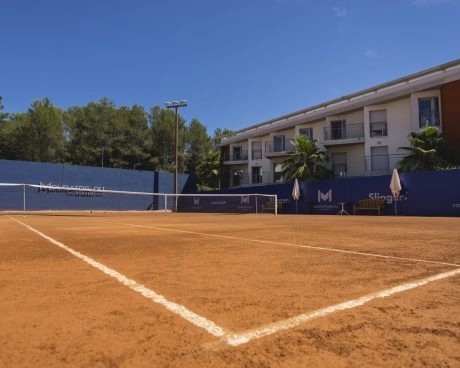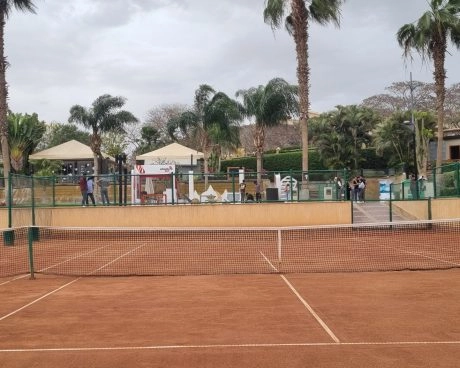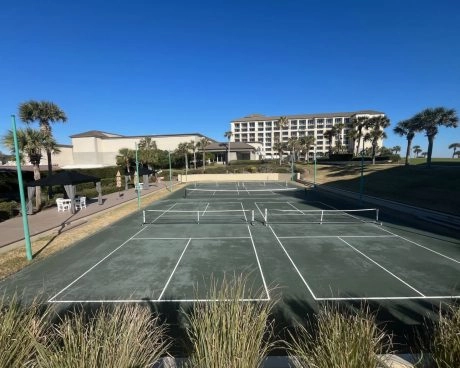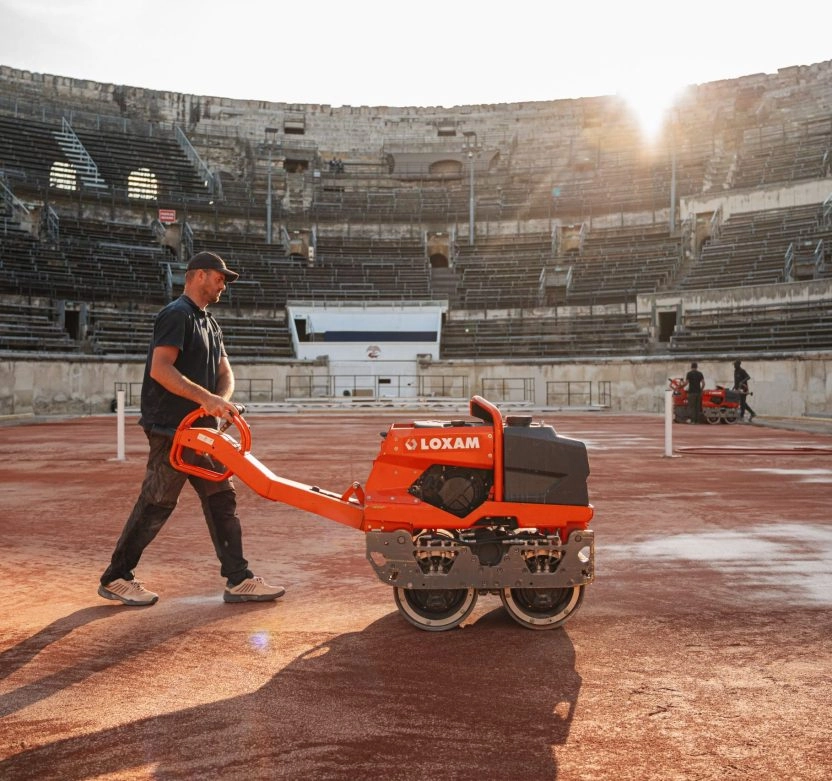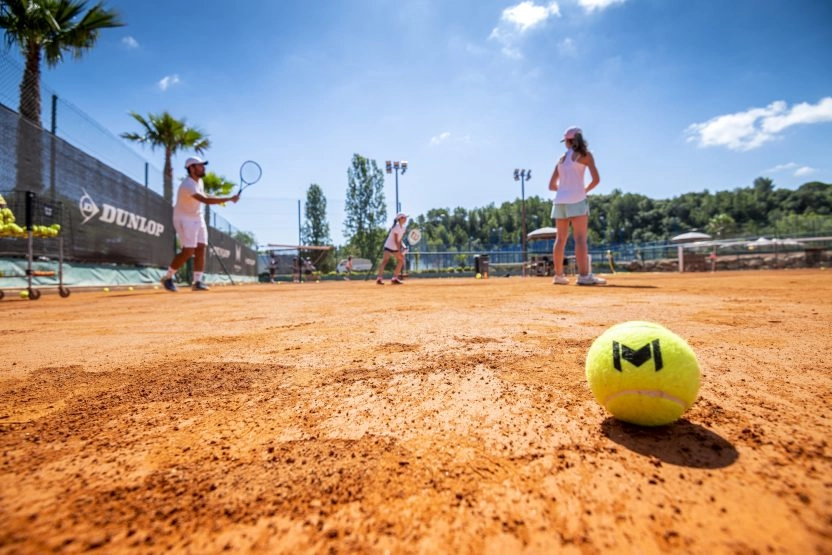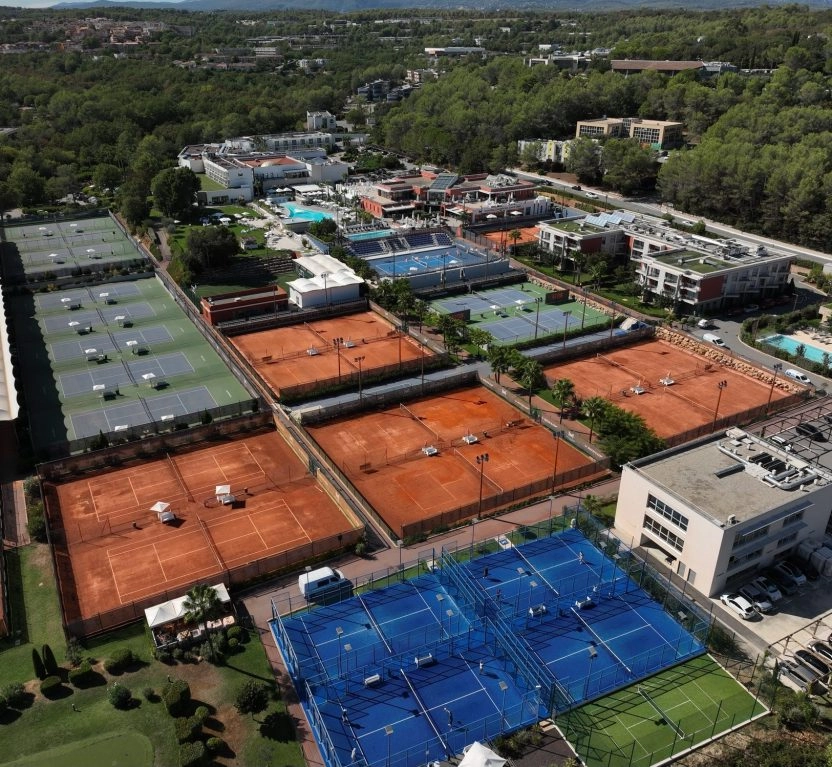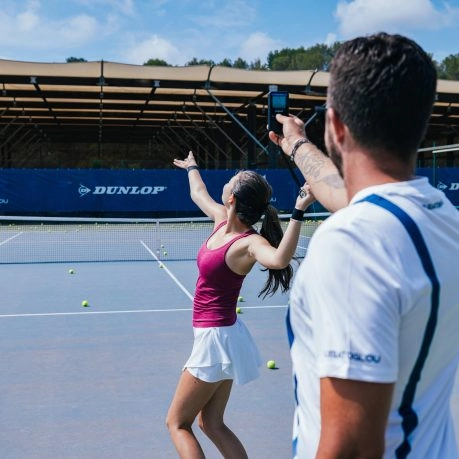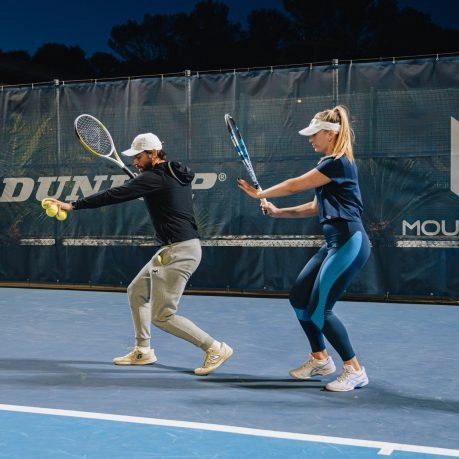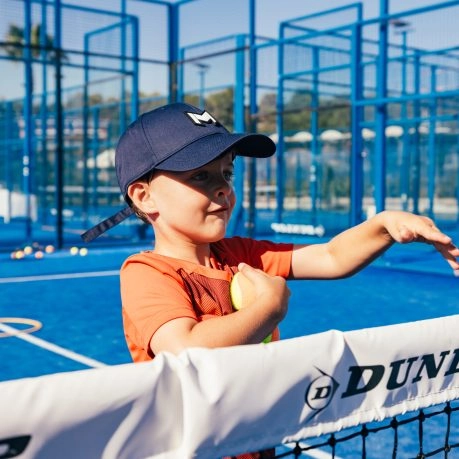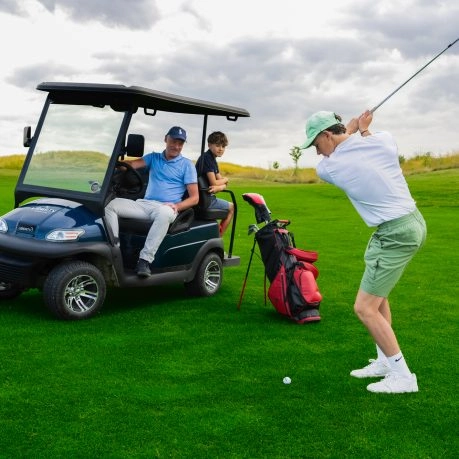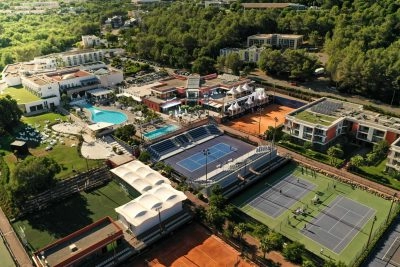Clay is a living surface: it constantly interacts with humidity, temperature and the local atmosphere.
To preserve its unique qualities, the construction of a court follows several essential stages and is adjusted according to the environment.
Each facility is unique: it must adapt to the climatic conditions of the region where it is installed.
Whether under a Mediterranean sun or in a more humid climate, the composition of the layers may vary slightly to ensure constant bounce, good stability and optimum playing comfort.
For example, the traditional structure used at Roland-Garros will be different from that at the Mouratoglou Academy, but in both cases the aim is the same: to provide a demanding and uniform playing sensation.
